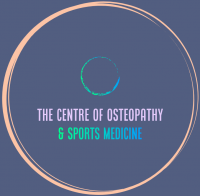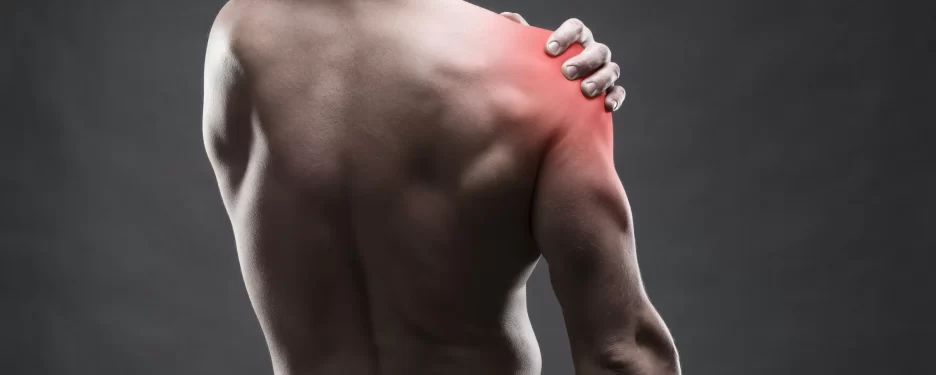Are you dealing with subacromial impingement (SAI) and looking to reduce the pain and discomfort it causes? You're not alone. Millions of people suffer from SAI-related shoulder pain, so you should know that there's hope. One innovative way to combat the problem is through osteopathy treatment.
In this blog post, we'll discuss the ins and outs of SAI, what it can mean for your body, and how osteopathy can help combat it. We'll give you insights into how this treatment works, who can benefit from it, and most importantly—how to find an experienced practitioner. Put simply: If you're looking for a way to manage your SAI without invasive surgical procedures or harsh medications, osteopathy could be exactly what you need.
What Is Subacromial Impingement?
Subacromial impingement is a common cause of shoulder pain. It occurs when the muscles and tendons pass through a narrow space near the shoulder blade and get pinched, causing inflammation and pain. This is often caused by activities that require overhead movements such as tennis, swimming or weight training.
Symptoms of subacromial impingement include difficulty moving your arm, weakness in your shoulder muscles, and pain that intensifies when you lift your arm up over your head or turn it out to the side. If left untreated, this condition can become chronic and lead to further injuries in the shoulder joint.
Osteopathy is a holistic approach used to treat musculoskeletal problems like subacromial impingement. It involves gentle manipulation of joints and muscles to stimulate self-healing in the body, reduce tension and relieve pain. With its holistic approach, osteopathy can help reduce inflammation in the affected area as well as improve overall mobility in the joint.
Osteopathic Treatment of Subacromial Impingement
Osteopathy can be a powerful tool in helping to reduce the discomfort associated with this common condition.
So how does osteopathic treatment help? Osteopathy helps to restore movement and function in areas affected by pain or dysfunction .Treatment will typically involve gentle manipulation of bones and joints, massage, stretching, exercise and advice on lifestyle changes - all tailored to the individual patient’s needs.
By addressing the root cause of subacromial impingement through an osteopathic approach, patients often report long-term relief from their symptoms. So if you’re looking for a way to regain movement in your shoulder with reduced discomfort, consider consulting an osteopath for support.
One of the great things about osteopathy is that you can get relief from shoulder pain without having to take medication or undergo surgery. Osteopathic techniques focus on releasing tension and restoring muscle balance, providing more movement and less pain—all without the use of any drugs.
When it comes to targeting subacromial impingement with osteopathy, there are several elements that need attention:
- Increasing range of motion through specific exercises.
- Addressing muscular imbalances in the rotator cuff and scapular stabilizers.
- Using soft tissue therapies such as massage or stretching. This involves gentle but firm massage techniques to increase soft tissue suppleness, which will help reduce restrictions in shoulder movement.
- Strengthening muscles around the shoulder joint.
- Using deep tissue manipulation or joint mobilization around the neck and spine area. An osteopath may use light force to move a joint in a specific direction, with the aim being to increase its range of motion.
If you've been diagnosed with subacromial impingement and are wondering what you can do to reduce your pain and help the body heal, look no further than exercise prescription. Osteopaths can recommend tailored exercises that strengthen the muscles of the shoulder, moving it through its full range of motion.
The aim of exercise prescription is to restore balance to the musculature around the shoulder, as well as to increase mobility and strength. This helps prevent further inflammation or injury in the future.
The exercises typically involve strengthening the rotator cuff muscles—the supraspinatus, infraspinatus, subscapularis, and teres minor—as well as releasing tightness from various areas around the shoulder. Your osteopath might also prescribe exercises for posture correction or other areas of weakness in your body that could be contributing to your condition.
When doing these exercises prescribed by your osteopath, you should focus on proper form and technique rather than increasing reps or sets right away. Start with low reps/sets so that you don't overload at that point in time as it could cause further damage or delay healing time.
Progressively load your muscles by gradually increasing reps/sets over time while maintaining proper form. Listen to your body—if something hurts too much or is too uncomfortable then back off a bit and ease into it slowly. With these exercises prescribed by your osteopath and a little bit of patience, you can take steps towards feeling pain-free once again!
It's important to note that osteopathy is not a one-size-fits-all approach; instead, treatment plans are tailored for each individual depending on his/her needs and goals. However, when implemented correctly, it is proven to be highly effective in combatting subacromial impingement and improving overall mobility of the shoulder joint.
Osteopaths take care to ensure that their treatments are as comfortable as possible, although some soreness can be expected after treatment. This should settle down within a day or two—your osteopath will discuss this with you when they carry out the initial assessment in order for you to be aware of what to expect.
Conclusion
In conclusion, subacromial impingement can be a painful condition, but luckily it can be managed with the right exercises prescribed by an experienced osteopath. In addition to exercises, a good osteopath will provide guidance on how to achieve optimal shoulder mobility and posture. With the right treatment plan, you can be well on your way to managing your shoulder pain and getting back to your normal activities.

